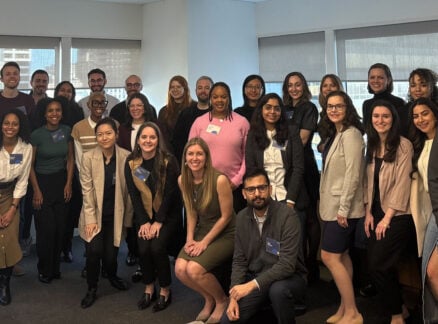October 24, 2011
Eating Real
Only a species as clever as ours would need to designate a “Food Day” to celebrate and promote the prospect of “eating real food.” Seriously. But the problems with our food system are, as we know, very serious indeed. I stopped by the Bioneers annual conference (Bioneers is a non-profit organization that functions as a […]
Only a species as clever as ours would need to designate a “Food Day” to celebrate and promote the prospect of “eating real food.” Seriously.
But the problems with our food system are, as we know, very serious indeed. I stopped by the Bioneers annual conference (Bioneers is a non-profit organization that functions as a hub for education about living and working in the context of natural principles) on October 15, and heard Anim Steel’s lively plenary. Steel is director of national programs at the Boston-based Food Project, founded 20 years ago to promote sustainable agriculture, and he talked that organization’s initiative, the Real Food Challenge. What’s real food? Steel defines it as that which nourishes the body, both the earth and the people who eat and produce it. He derided the global food economy for treating people and land as cogs. He reminded the Bioneers audience (this is one of the most age- and ethnicity-diverse conferences I’ve ever seen) that imagining a world without slavery was almost unthinkable, but it came to pass. “That’s like imagining a world economy without oil,” he said. “Who would dare to think that?”
Steel reminds us that the food “problem” is widespread, including public health threats (diabetes, obesity, and food-born illness), energy issues (carbon emissions related to factory farming), and human rights issues regarding farm workers. “Despite the rapid growth of farmers markets and mainstream organic food, a recent Kellogg Foundation study found that ‘real food’ still occupies less than two percent of our national food economy,” Steel said. “We need more real food, and we also need a new generation of leaders—future CEOs, parents, educators, politicians and farmers.”
The Real Food Challenge is the Food Project’s effort to mobilize university students around the country. For the past three years, the Project has worked with some200 universities to transform food economies. “We are doing this within existing food budgets and redirect the policies and choices,” Steel said. “We believe we can shift $1 billion of food budgets away from industrial farms and junk food and towards local and community-based, fair, human and ecologically found sources by 2020. We are encouraging leadership and transparency.” Some examples: at Western Washington University, students mobilized to have “real food initiatives” written into their food service contract and at the massive University of California system, students pushed through a system-wide policy that mandates sustainable food purchases at all 10 campuses (including five big medical centers!). Carleton College, UNC-Chapel Hill, University of Vermont and other campuses are implementing the Real Food Calculator to reveal the particulars of their meal plans and then strategically advocate for more organic and local-food options.
“This is not a boycott, it’s a pro-cott,” Steel said. “We are strategically investing in the kind of economy and social outcomes that we want.”
Sounds good to me. Let’s eat.
Kira Gould, Assoc. AIA, LEED AP, is director of communications for William McDonough + Partners, an architecture firm with studios in Charlottesville, Virginia, and San Francisco. She is also co-author of Women in Green: Voices of Sustainable Design.





